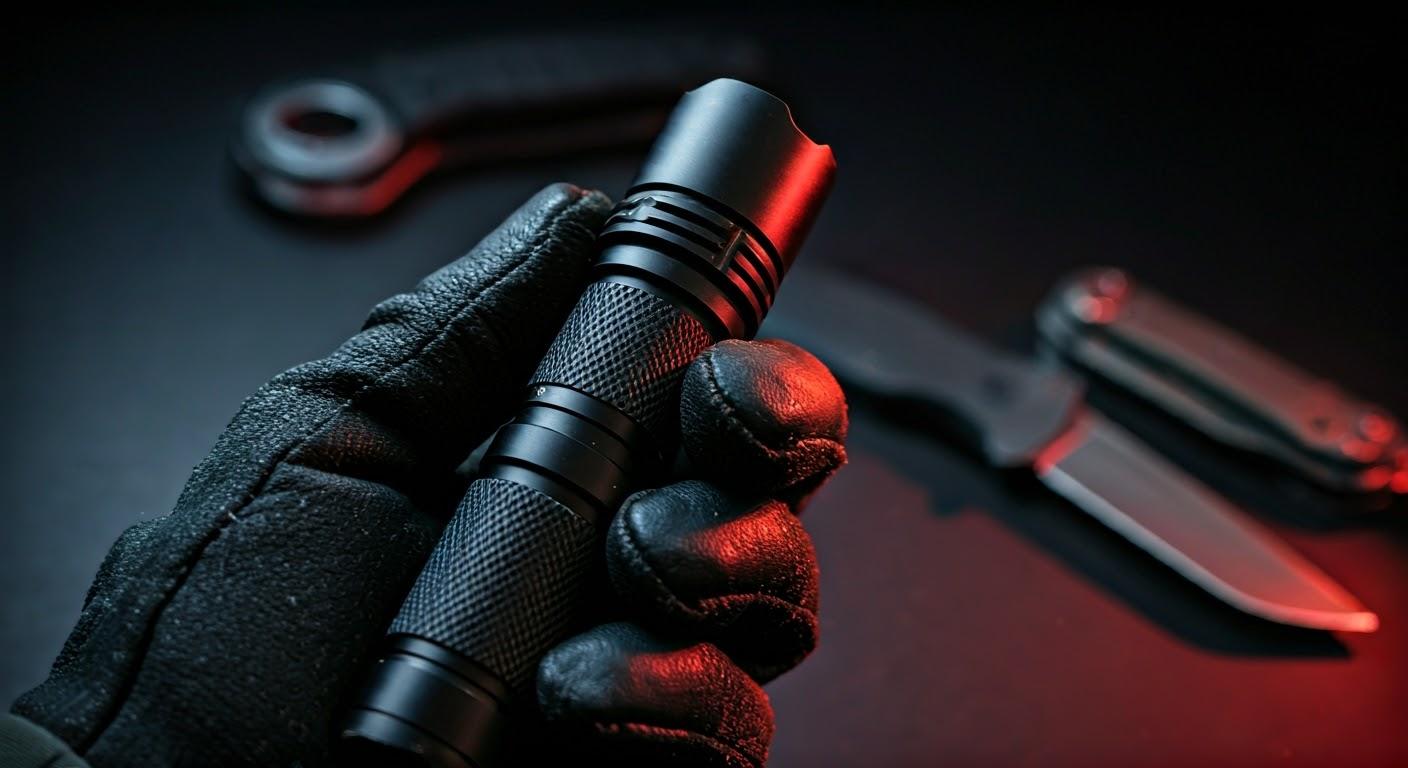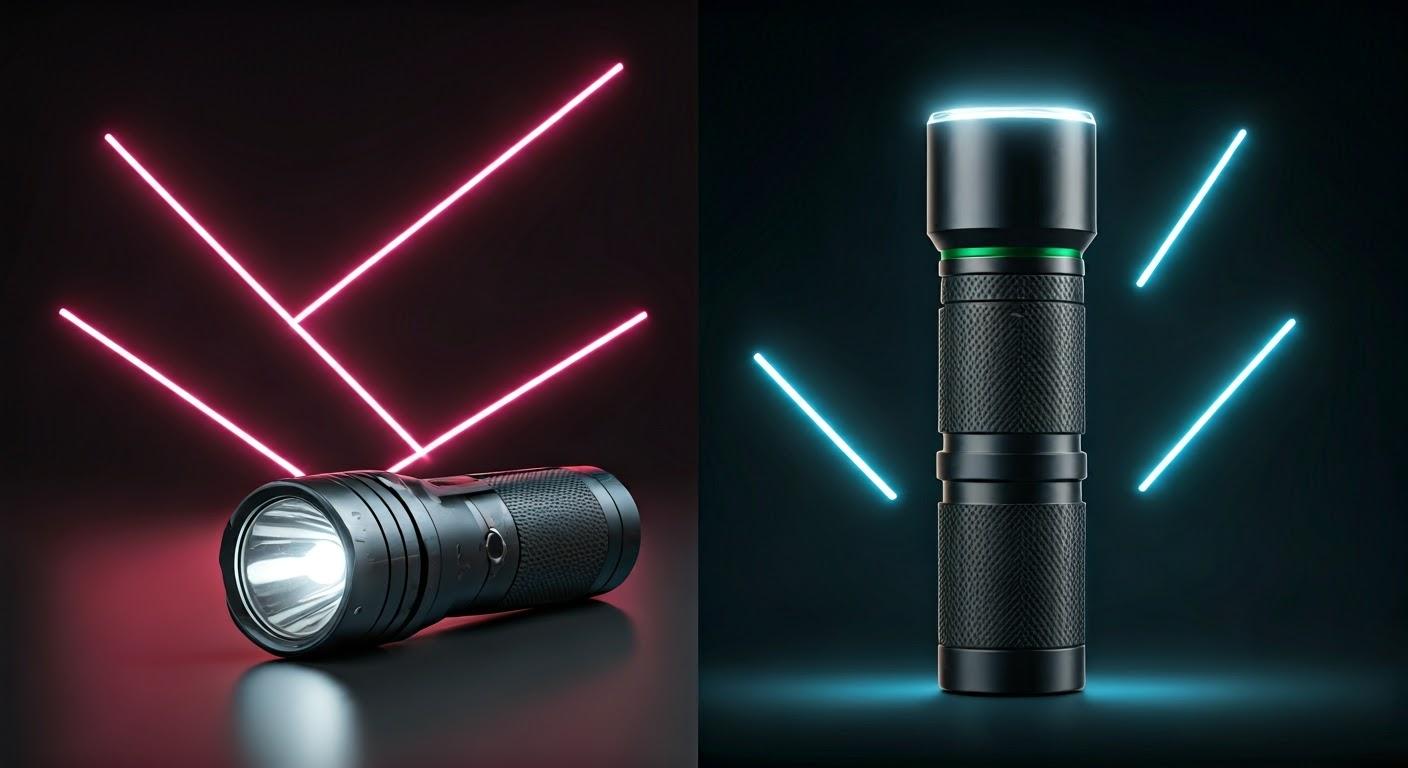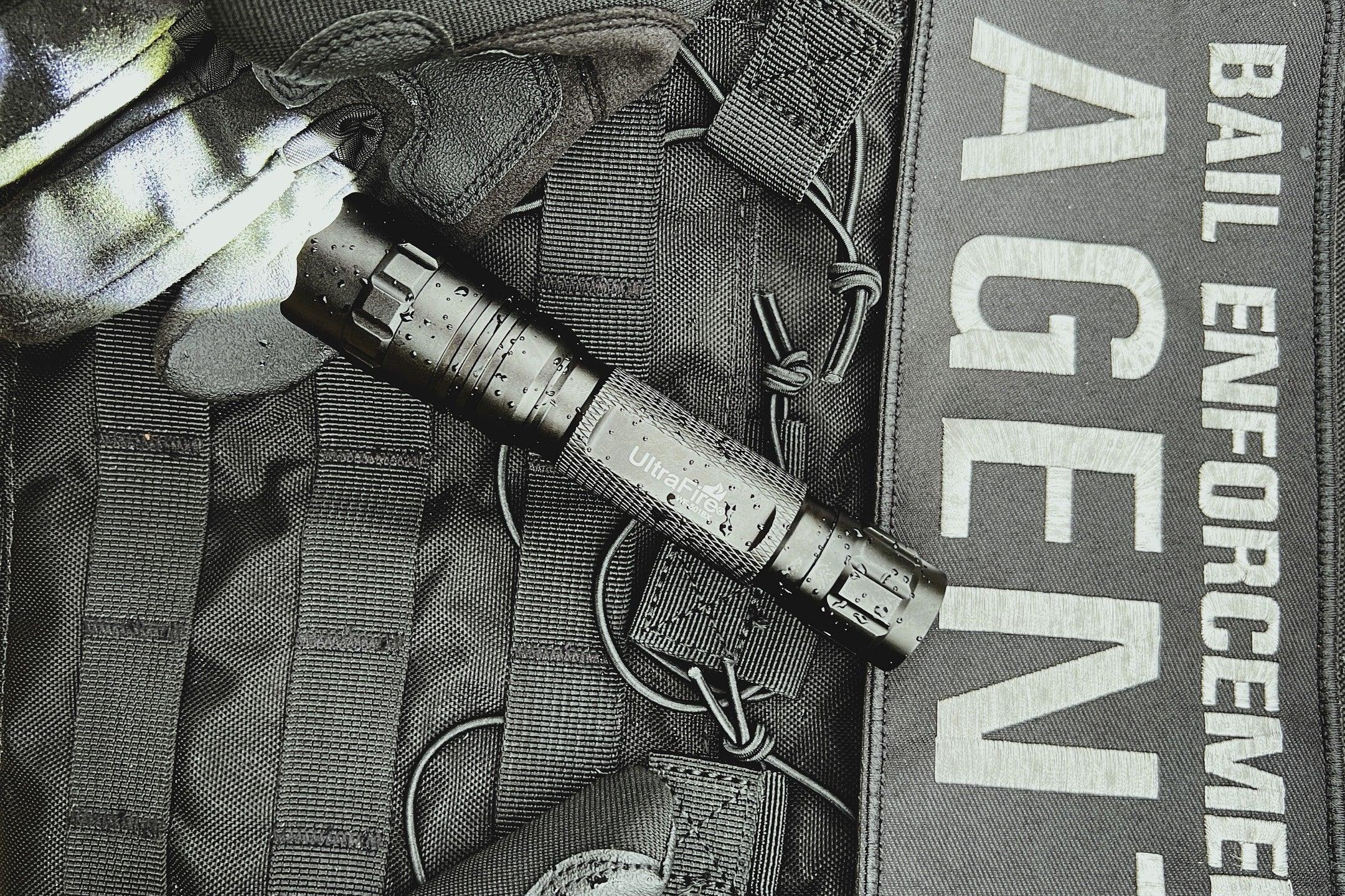Introduction
When it comes to flashlights, most people focus on the brightness or lumen output as the main indicator of a flashlight’s performance. While lumens are essential, there’s another important measurement that often gets overlooked—candela. Candela is a key factor in understanding how light behaves, especially when it comes to beam focus, beam distance, and performance in specific situations. In this article, we’ll break down what candela is, how it relates to lumens, and how both impact your flashlight’s performance, particularly in terms of beam focus and effectiveness.
What is Candela?
Candela is a unit of luminous intensity, a measure of the strength of light emitted in a specific direction. Unlike lumens, which quantify the total amount of light produced by a flashlight, candela focuses on how intense the beam is in a particular direction.
Think of candela as how concentrated the light is in a beam. A flashlight with a higher candela rating will emit a more focused, intense beam over a longer distance. This is especially important when you need a flashlight to reach far distances, such as during search and rescue missions, long-distance outdoor activities, or tactical applications.
Understanding the Relationship Between Candela and Lumens
To better grasp the importance of candela, it’s helpful to understand how it differs from lumens, as they are often confused. Both lumens and candela are related to the intensity of light but measure different aspects of it:
-
Lumens (lm): Lumens refer to the total amount of light emitted by a flashlight in all directions. A flashlight with a high lumen count is bright, but it doesn’t necessarily mean the beam is focused or will reach a long distance. For example, a flashlight with 1000 lumens can spread that light over a wide area, but the beam might not be very focused or long-reaching.
-
Candela (cd): Candela, on the other hand, measures the intensity of the light in a specific direction. A high candela rating indicates a concentrated, focused beam that can reach a much greater distance. This is important when you need to see something far away, such as spotting wildlife, reading a distant sign, or illuminating a specific target.
For example, a flashlight with a high lumen output and a high candela rating will not only be bright but also have a beam that cuts through the darkness, providing a focused light that can reach greater distances.
Beam Focus and Its Impact on Performance
When it comes to flashlights, the beam focus (also known as beam shape) determines how light is distributed across a given area. Flashlights with different beam focuses are designed for different purposes. Beam focus is directly influenced by the combination of lumens and candela:
-
Flood Beam (Wide Beam): A flood beam spreads light over a wide area, which is great for general illumination. It provides more lumens over a broader area, but its candela is typically lower since the light is spread out. Flood beams are perfect for tasks like camping, general illumination, or light to light up your surroundings.
-
Spot Beam (Focused Beam): A spot beam, on the other hand, is more concentrated and has a higher candela rating. It shines light in a narrower, focused beam, allowing the flashlight to reach farther distances. This type of beam is ideal for activities where you need to spot something at a distance, such as hiking, search-and-rescue missions, or tactical operations. The higher the candela, the more focused and longer-reaching the beam will be.
The relationship between lumens and candela determines how useful a flashlight is for specific tasks. A high-lumen flashlight with low candela might be better for close-range work, whereas a high-candela flashlight with lower lumens excels in long-range tasks.
How to Choose the Right Flashlight Based on Candela and Lumens
When selecting a flashlight for your needs, understanding the relationship between lumens and candela can help you pick the right tool for the job:
-
For Close-Range Tasks: If you need a flashlight for general, close-range tasks like walking, working indoors, or general camping, a higher lumen count with a broader flood beam will serve you well. In these situations, the intensity of the beam (candela) is less important since you don’t need to focus on distant objects.
-
For Long-Range Tasks: If you need to see objects at a distance or shine light across a large area (for example, in search and rescue, outdoor exploration, or law enforcement), a flashlight with a high candela rating and a focused beam is essential. These types of flashlights are designed to throw light over long distances, which is crucial for tasks like spotting animals, illuminating a faraway object, or guiding someone in the dark.
-
For Tactical or Specialized Use: Tactical flashlights or specialized devices for military or law enforcement will often combine both high lumen output and high candela. These flashlights offer both close-range illumination with a wide beam and long-range visibility with a focused spot beam. This versatility makes them highly effective in various environments.
How Candela Affects Real-World Use
To further illustrate the impact of candela in real-world situations, here are a few examples:
-
Hiking at Night: When hiking at night, you'll need a flashlight with a focused beam and a high candela rating to spot trail markers, wildlife, or other important features from a distance. A flashlight with a beam that can reach over 200 meters (based on its candela) is ideal for hiking, allowing you to see distant obstacles and objects clearly.
-
Search and Rescue: In search-and-rescue situations, a flashlight with a high candela rating is critical. Search teams need to be able to spot individuals or objects far away in low-visibility conditions. A high candela flashlight allows rescuers to shine a focused beam over large distances, ensuring that they can locate people or objects even in the darkest environments.
-
Self-Defense: Flashlights used for self-defense often feature a strobe mode, which can disorient attackers. These flashlights are typically focused with a higher candela to create a strong, directed light. The concentrated beam can temporarily blind or confuse an assailant, giving the user a critical advantage in a dangerous situation.
Conclusion
While lumens often get the spotlight when discussing flashlight brightness, candela plays an equally important role in determining a flashlight’s performance, especially in terms of beam focus and distance. A high candela rating provides a concentrated beam that can reach far distances, which is crucial for specific applications like outdoor adventures, tactical operations, and emergency response.
When choosing a flashlight, it’s essential to consider both lumens and candela together. Lumens tell you how bright the flashlight is overall, but candela tells you how effectively it can focus that light in a specific direction. By understanding the interplay between these two measurements, you can select the flashlight that best suits your needs, ensuring optimal performance in any situation.
































